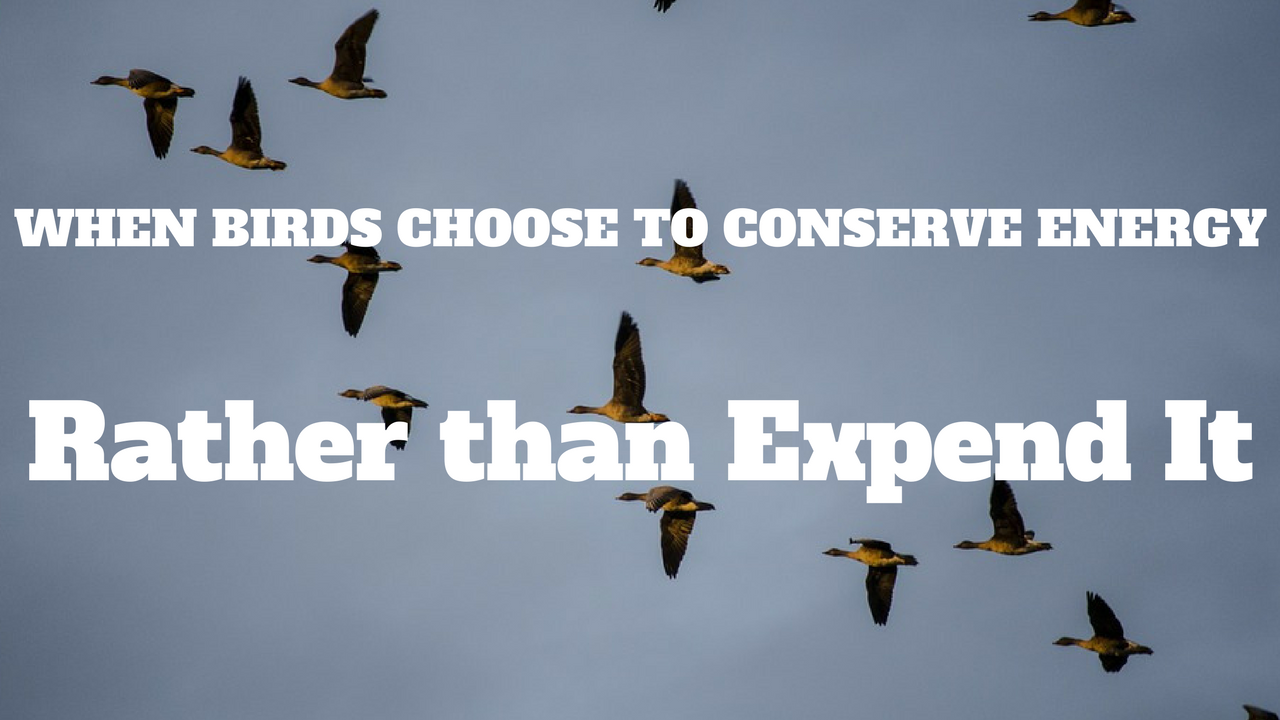Offer
Provide additional details about the offer you're running.
Provide additional details about the offer you're running.
Provide additional details about the offer you're running.

Life in the wild and the life many of us are accustomed to are two very different variations on living. While we certainly need to take care of a number of things to survive each and every day of our lives, we have evolved in a way that allows us to live a much more comfortable life than those fending for themselves.
Along with all of our Earth’s wild creatures, birds live a very busy, very structured and at times, dangerous life. Depending on the species in question, some birds are required to travel thousands of miles each and every year…twice, forage for food, look and sound good enough to attract a mate, build nests, raise young, protect themselves and their young and take care of their plumage year-round.
As such, animals and birds alike must be cautious as to how and when they expend their valuable time and energy. With predators lurking around almost every corner, hungry mouths to feed and inclement weather conditions, our birds are constantly preparing for the worst. Here are a few common situations in which birds consciously decide to rest and conserve their energy for when they need it most.
Walk outside in a downpour and you would be extremely unlikely to spot any of your backyard birds fluttering about. It happens, but only under extreme circumstances. Most would immediately point to the rain itself as the leading factor behind why birds choose not to fly during rainstorms but it actually has much more to do with the air. During a rainstorm, atmospheric pressure tends to drop dramatically, producing air that is actually less dense than when it is pleasant outside. When it comes to a bird’s ability to fly, the denser the air, the better, which allows for more of that pertinent aerodynamic lift they need to take flight. Add in some rain and high humidity and you have some of the worst conditions for avian bird flight.
As Bob always says, “bird eat to create heat,” especially during the winter months. That heat comes in handy during the bitter cold months as our year-round residents or lost migrants look for ways to retain heat and ultimately survive.
Unless you are situated somewhere need an extremely reliable food source, such as one of our feeders, you are pretty unlikely to see birds taking part in active flight or other activities during bitterly cold conditions. As birds use the technique of torpor during winter nights, their daytime energy conservation is vital to fuel such a grueling survival technique.
When we think of migratory birds, no one image is as synonymous with migration as a large ‘V’ formation in the skies above. While researchers and scientists tried to attach sound reasoning for these types of formations for a number of years, it was a 2013 study that confirmed that birds use these formations as a way of conserving energy.
High Quality Blend